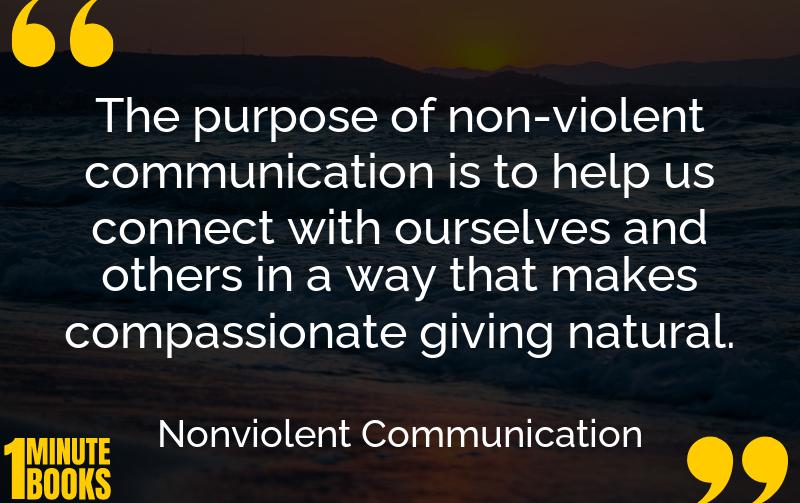
Nonviolent Communication by Marshall Rosenberg teaches a compassionate way to communicate by expressing feelings and needs clearly, fostering understanding through empathetic listening and honest expression.
Main Lessons
- Nonviolent Communication helps prevent conflicts by fostering understanding and empathy.
- All humans possess the capacity for compassion; harmful behaviors stem from ineffective strategies.
- Understanding and expressing our feelings can lead to healthier and more peaceful interactions.
- Making clear, compassionate requests leads to better mutual understanding.
- Judgments and criticisms mask deeper, unmet needs within us.
- Effective communication is key to resolving differences peacefully and understanding our own emotions.
- Nonviolent Communication separates real emotions from thoughts or judgments.
- Emphasize own needs rather than focusing on others’ faults.
- We are responsible for our reactions, not others’ feelings.
- Address emotions directly without attaching judgment for clear communication.
- Requests should foster a spirit of cooperation rather than criticism.
- Nonviolent Communication transforms critiques into opportunities for connection.
- Express needs as gifts, fostering goodwill instead of burdening others.








